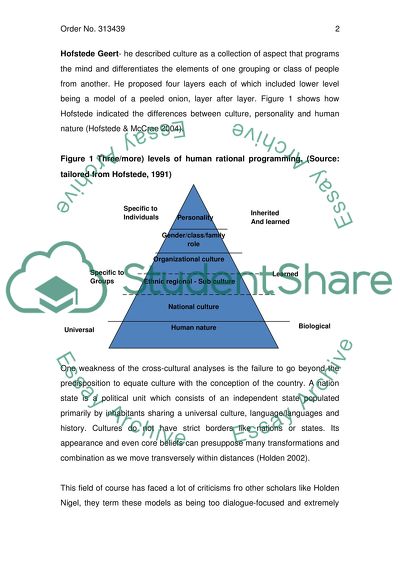Cite this document
(Factor of Culture in International Management Term Paper - 1, n.d.)
Factor of Culture in International Management Term Paper - 1. https://studentshare.org/culture/1556742-international-management
Factor of Culture in International Management Term Paper - 1. https://studentshare.org/culture/1556742-international-management
(Factor of Culture in International Management Term Paper - 1)
Factor of Culture in International Management Term Paper - 1. https://studentshare.org/culture/1556742-international-management.
Factor of Culture in International Management Term Paper - 1. https://studentshare.org/culture/1556742-international-management.
“Factor of Culture in International Management Term Paper - 1”. https://studentshare.org/culture/1556742-international-management.


